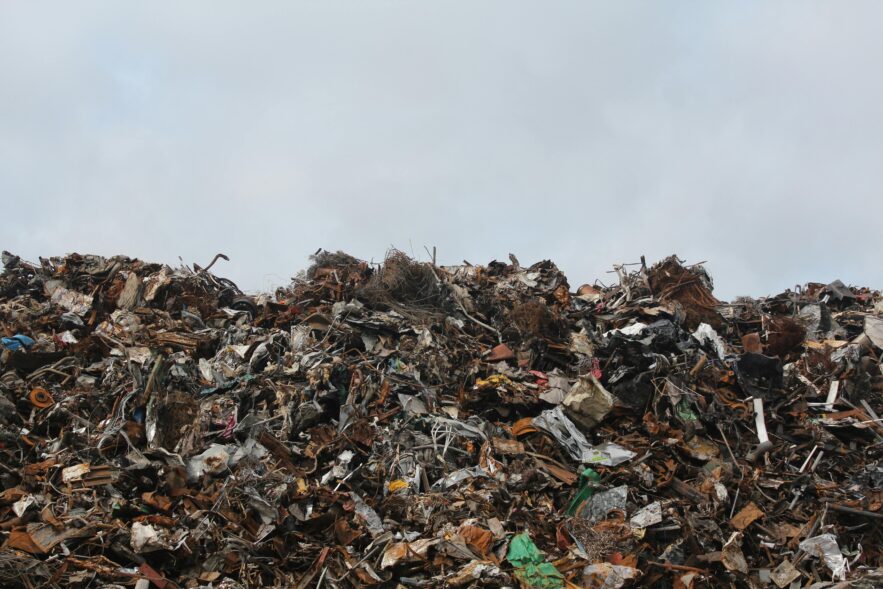Achieving LEED (Leadership in Energy and Environmental Design) certification is a goal for many forward-thinking businesses, developers, and property managers. This globally recognized green building rating system rewards environmentally responsible building practices, energy efficiency, and sustainable resource use. One of the often-overlooked contributors to LEED points is your choice of waste management services. From construction projects to commercial remodels, working with the right junk removal and waste management partners can meaningfully support your LEED strategy.
Waste management services play a crucial role in helping businesses meet the requirements for LEED certification, particularly under the Materials and Resources (MR) category. To qualify for these credits, businesses must demonstrate responsible disposal practices, including diverting construction and demolition (C&D) debris away from landfills through recycling and reuse. A waste removal company that can sort, track, and report this data in alignment with LEED requirements becomes an essential partner during your certification process.
For example, a reliable provider will offer waste stream audits to measure how much material is being diverted from landfills. This includes separating wood, metal, concrete, drywall, and other materials to ensure each is properly repurposed or recycled. Documentation of these activities can then be used to fulfill MR credits under LEED v4.1 guidelines. This U.S. Green Building Council resource offers a comprehensive overview of LEED categories and certification points.
Whether your business is remodeling an office, building a new facility, or undergoing a green retrofit, waste management teams with LEED-aligned practices offer multiple advantages. First, they can help you create a construction waste management plan that outlines procedures for collection, diversion goals, and final reporting. Second, they ensure that every phase of debris handling is conducted in accordance with federal, state, and local environmental standards — another key requirement of LEED protocols.
Furthermore, many LEED-focused junk removal companies provide digital reporting dashboards that allow construction managers and sustainability officers to track real-time performance. These reports provide the transparency and accountability necessary when submitting certification documentation. Having this type of waste analytics can also support long-term operational improvements beyond LEED certification.
Another consideration is whether your waste provider supports initiatives like zero-waste-to-landfill goals, which can complement LEED efforts and boost your organization’s environmental credibility. Some waste haulers even maintain their own recycling facilities, ensuring that your materials are handled according to the highest environmental standards, rather than simply passed off to a third party.
Cost savings can also come into play. Efficient sorting and recycling can reduce landfill tipping fees and lower overall waste disposal costs. This aligns with LEED’s emphasis on lifecycle cost analysis, helping companies not just “go green” but also be fiscally responsible. By working with a LEED-experienced vendor, you avoid costly rework or documentation gaps that might otherwise compromise your points tally.
In conclusion, the journey to LEED certification involves many moving parts — and effective waste management is one of them. Choosing a junk removal partner who understands LEED standards can simplify your path to certification while reinforcing your environmental stewardship goals. Whether you’re striving for LEED Silver, Gold, or Platinum, every diverted ton of waste brings you one step closer.



